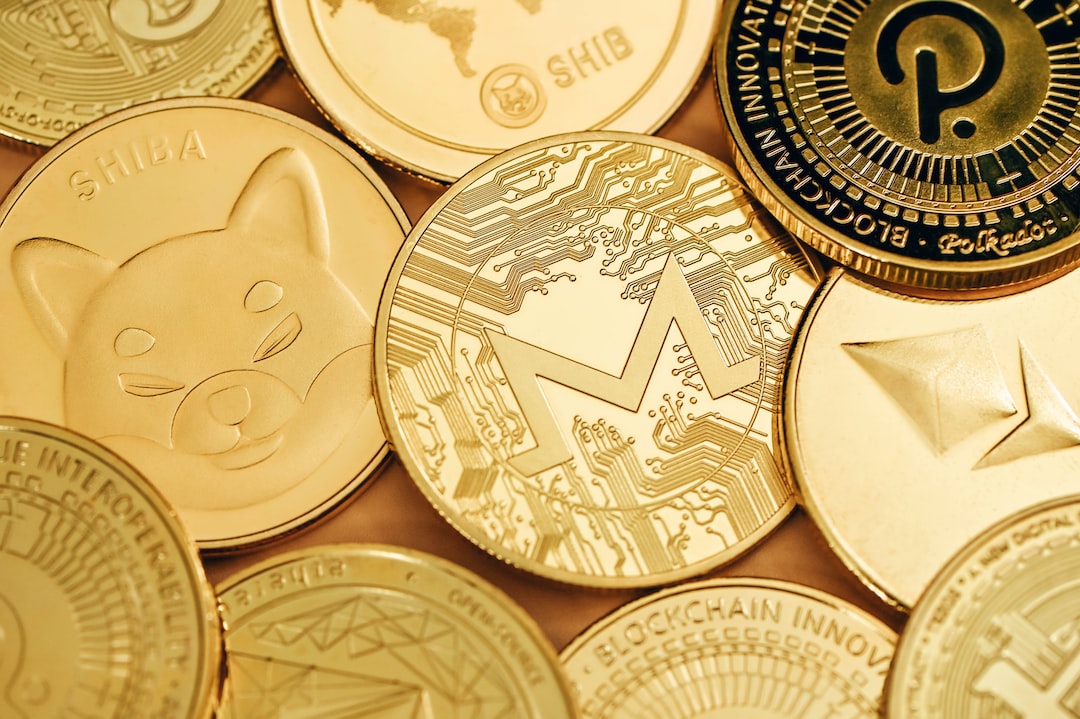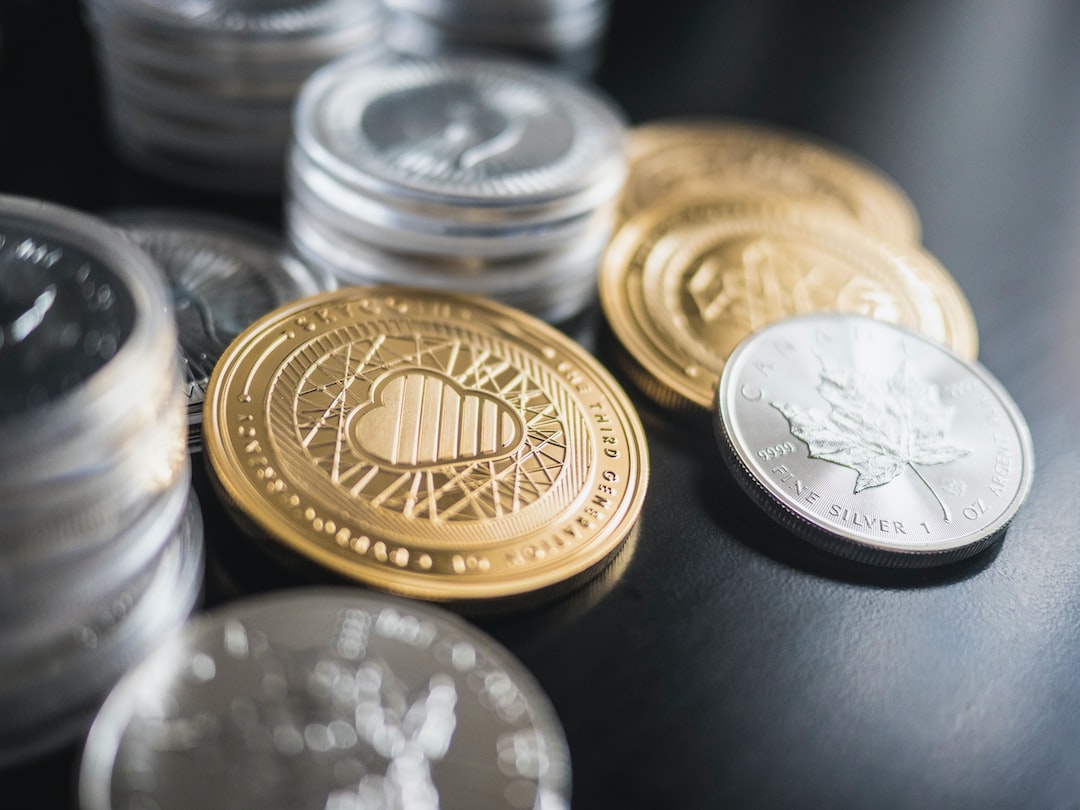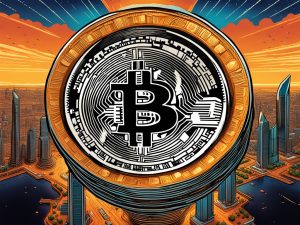The Rise of OpenSea: Revolutionizing the NFT Marketplace
The emergence of nonfungible token (NFT) marketplaces has brought about a significant shift in how we perceive and engage with digital assets. OpenSea, founded by Alex Atallah and Devin Finzer in 2017, has played a pivotal role in this revolution.
What is OpenSea?
OpenSea was created with the vision of establishing an open and user-friendly marketplace for NFTs. It aimed to provide a platform that enables creators and collectors to actively participate in the emerging digital ownership economy. Over time, OpenSea expanded its horizons to accommodate various blockchain networks and standards, solidifying its reputation as a premier NFT marketplace.
How does OpenSea work?
OpenSea functions as a decentralized blockchain-based aggregator marketplace for buying, selling, and trading NFTs. It operates similarly to popular e-commerce platforms like eBay or Etsy but exclusively deals with various types of NFTs. The platform’s unique feature is its non-custodial approach, ensuring secure and fair transactions through self-executing smart contracts. OpenSea also supports multiple blockchains, including Ethereum, Solana, and Polygon, to provide faster and more cost-effective transactions.
Key features of OpenSea
OpenSea stands out with its distinctive features, including minting functionality, transparent transactions, multi-blockchain support, a wide array of NFT categories, user-friendly interface, customizable storefronts, community engagement, educational resources, ongoing innovation, and inclusivity.
Pros and cons of OpenSea
OpenSea offers a user-friendly experience, minimal fees, and alternatives to Ethereum’s high transaction fees. However, it relies exclusively on cryptocurrency for payments and lacks comprehensive regulations and decentralized governance, posing risks of low-quality or fraudulent listings.
How to use OpenSea
To use OpenSea, sign up on the official website, have an Ethereum wallet ready, choose a compatible wallet for transactions, fund your wallet, and create an OpenSea account. Ether (ETH) and Wrapped Ether (wETH) are the primary currencies for trading, but over 150 other tokens are accepted. Be mindful of gas fees when canceling listings.
The future of NFT marketplaces
OpenSea’s adaptability, efficiency, and community engagement position it well for continued success in the evolving NFT landscape. While facing increased competition, OpenSea is poised to shape the digital ownership realm and redefine our interaction with digital assets in an era of advancing technology.
Hot Take:
OpenSea’s commitment to innovation and inclusivity makes it a leading player in the NFT marketplace. As the industry continues to mature, OpenSea will need to stay ahead of its competitors to maintain its prominence and influence in the digital ownership space.





 By
By
 By
By
 By
By

 By
By